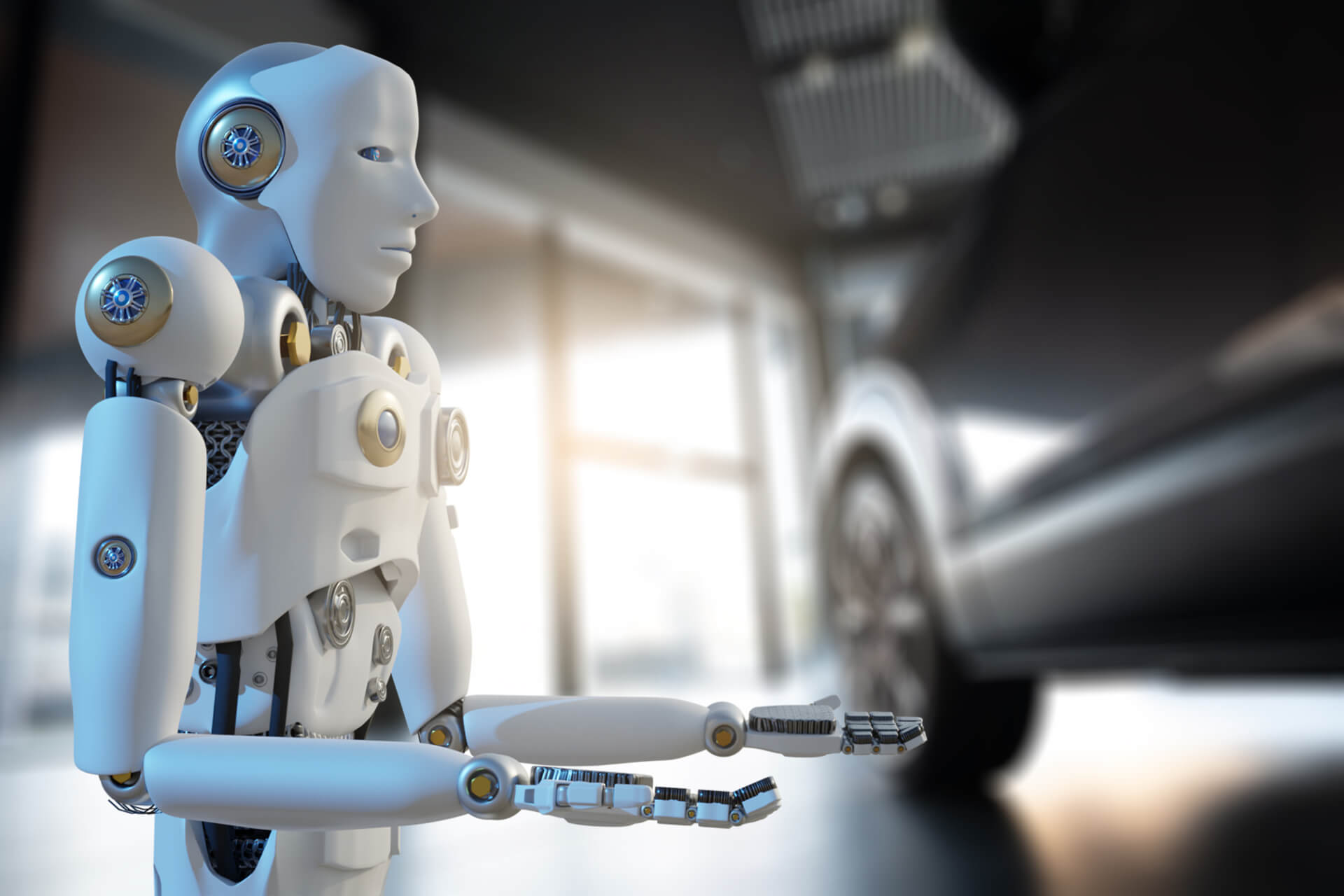
Do Self-Driving Features Affect Liability in a Crash?

by Erin Anderson
Modern vehicles can park themselves, change lanes, and even apply the brakes before you do. But when a crash happens, one big question tends to follow:
If your car was driving itself, who's responsible?
As more vehicles hit the road with self-driving features — from adaptive cruise control to full-blown autopilot systems — figuring out liability after an accident is getting a lot more complicated.
Here's what you need to know about how automated driving technology can affect crash liability — and why it doesn't mean you're off the hook.
First, What Counts as a "Self-Driving" Feature?
Despite the marketing hype, most vehicles on the road today are not truly self-driving. What they do have are driver assistance systems — features designed to support, not replace, the driver.
These might include:
- Adaptive cruise control
- Lane-keeping assist
- Automatic emergency braking
- Self-parking systems
- Highway "autopilot" modes (with driver supervision required)
Even the most advanced systems, like Tesla's Full Self-Driving (FSD) or GM's Super Cruise, still require a licensed, alert driver ready to take over at any moment.
That's important — because when it comes to liability, the human driver is still considered responsible in most cases.
So... If You Crash While Using Self-Driving Tech, Are You Still at Fault?
Usually, yes.
If you were behind the wheel and a crash occurred — even while driver-assist
features were active — the law generally still sees you as the one in
control.
Unless the technology fails in a clear, verifiable way (and can be proven), liability usually falls on the driver. This includes accidents where:
- The car didn't brake in time
- Lane assist failed to keep you centered
- Adaptive cruise control didn't slow down enough
If you were distracted or relying too heavily on the system, that can even make things worse in the eyes of your insurer.
When the Tech Could Be at Fault
There are situations where the self-driving system itself could be to blame — and in those cases, the vehicle manufacturer or software provider might be held partially (or fully) liable.
These include:
- Documented system malfunctions
- Software errors that cause unsafe behavior
- Lack of proper warnings or safety notices
- Recalls that weren't addressed
In rare but high-profile cases, manufacturers have been sued after crashes involving autopilot systems — but these situations are complex, require expert investigation, and often take years to resolve.
What Insurers Look At After a Crash
If a crash occurs while any driver-assist tech is active, insurance companies may ask:
- Was the driver paying attention and ready to take over?
- Did the driver misuse or ignore system warnings?
- Was the feature being used in appropriate conditions?
- Is there video or data from the vehicle to support the claim?
Some newer vehicles have built-in data recorders (kind of like a black box) that capture what happened just before the crash. That data can help show whether the driver or the system failed — but it can also complicate a claim if it reveals inattention or improper use.
What This Means for Drivers
Even with advanced tech, you're not off the hook. While these systems are designed to improve safety (and they often do), they don't eliminate driver responsibility — legally or financially.
If you own a vehicle with self-driving features:
✅ Stay alert and engaged behind the wheel at all times
✅ Use systems as intended — and only in recommended conditions
✅ Keep your vehicle's software updated
✅ Document any malfunctions or unusual behavior immediately
✅ Don't assume the car will "do the right thing" every time
The Bottom Line
Self-driving features can help reduce accidents — but they don't eliminate liability. If you're behind the wheel, you're still the one legally responsible in most crashes, even if your car was doing most of the driving.
That said, these technologies are evolving fast — and so are the laws and insurance rules around them. If you're driving a car with advanced systems, stay informed, drive responsibly, and make sure your coverage reflects the risks of tomorrow's roads.
👉 Got a vehicle with autopilot or other driver-assist tech? This might be a smart time to review your policy and make sure you're covered for how you really drive. New features = new risks — and possibly new discounts, too.